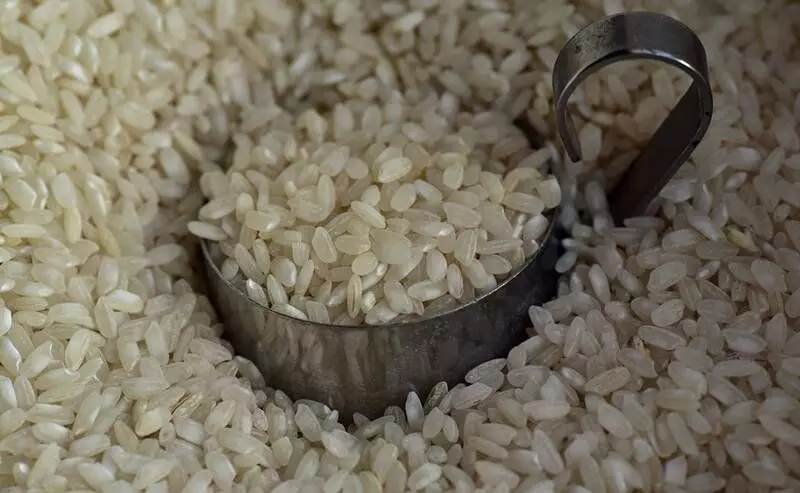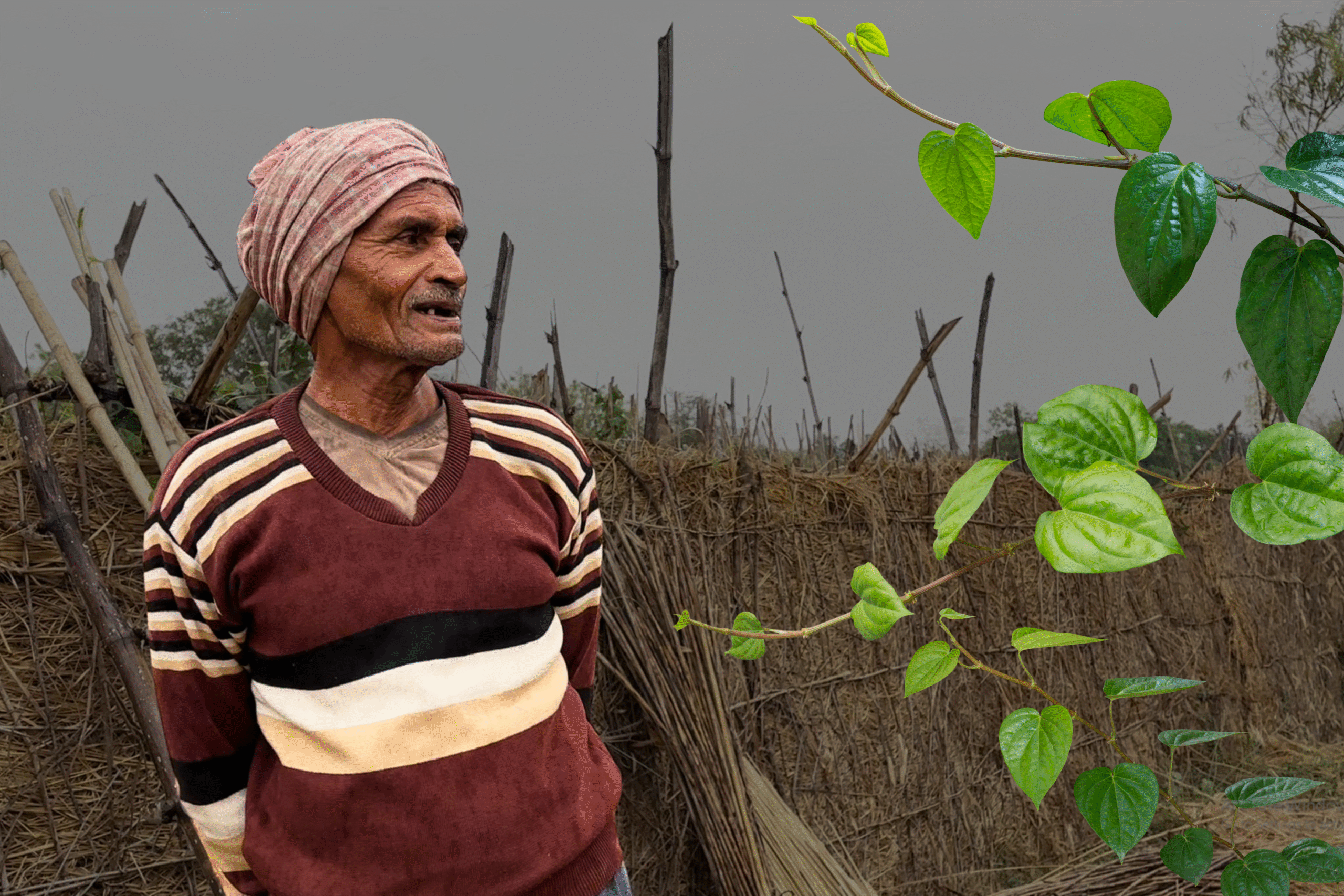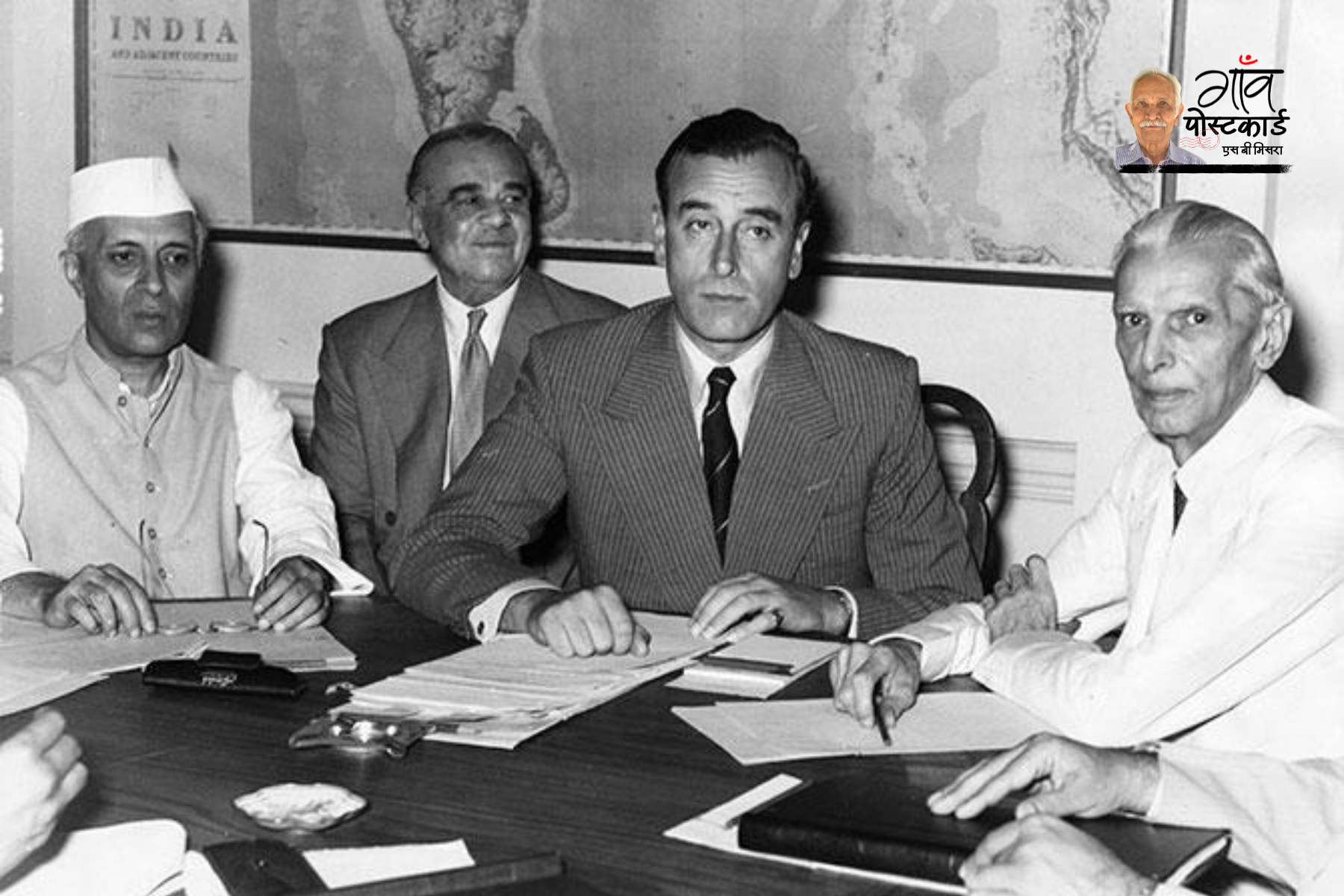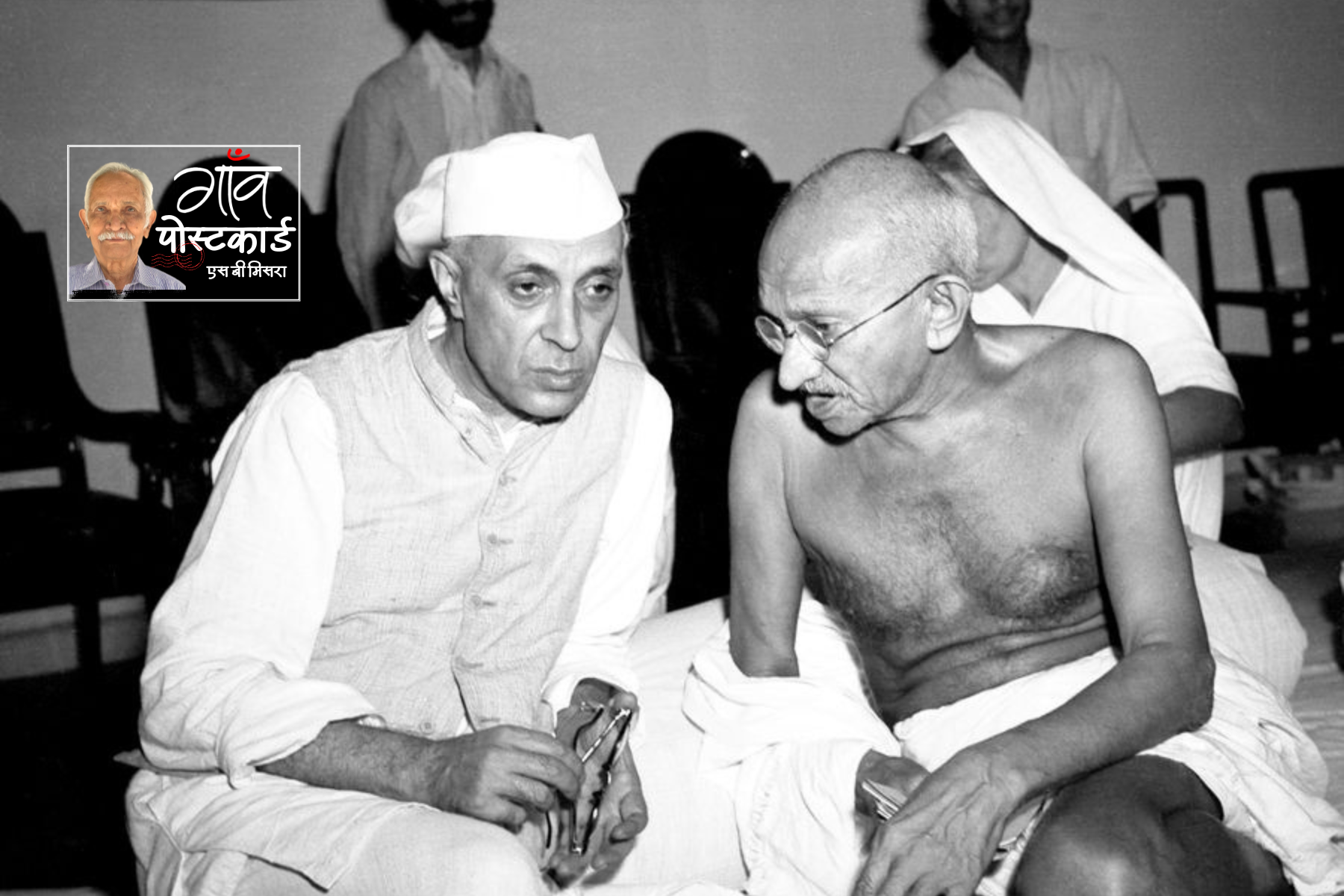Gurpreet Singh, a 47-year-old farmer from Punjab’s Ludhiana district, has been waiting for the procurement of paddy to resume at the wholesale market (mandi) for the last five days.
He cultivated paddy on his 10 hectares of agricultural land in the kharif (monsoon) season and has harvested the produce from two hectares which he brought to the mandi in a tractor trolley.
“On October 13, I had brought the paddy to the Sahnewal mandi but the produce is not being procured because there is no capacity in the mandi to store more grains. There are hundreds of farmers like me who are now stuck at the mandi with thousands of gunny bags full of paddy,” Singh, a resident of Sahebana village, told Gaon Connection.
The procurement process for paddy began on October 1 this month.
Gurpreet Singh is amongst millions of paddy farmers in Punjab who are bearing the brunt of an ongoing crisis in the mandis of the state as the millers are not buying the produce. It is learnt that the millers are not lifting paddy from the mandis because the Union government’s decision to fortify rice has troubled them.
Also Read: Uttar Pradesh: Fresh Trouble For Paddy Farmers As Rain Damages Ripened Crop
From 2019-20, the Government of India is running a pilot project on fortification of rice and its distribution under the public distribution system (PDS). Punjab is one of the 15 selected states for the pilot.

In March, this year, samples of fortified rice submitted by around 1,100 millers were rejected by the Department of Food, Civil Supplies and Consumer Affairs.
According to the millers, the previous paddy stocks are yet to be lifted by the government. They also complain that their rice samples were being rejected by the government leading to an impasse.
When Gaon Connection contacted Sachin Aneja, a Ludhiana-based rice miller to know why he hasn’t lifted the paddy, he stated that there is apprehension amongst the millers that the government might reject their rice samples after they mix fortified rice with the procured rice.
“We add a kilogramme of fortified rice granules for every quintal of rice we pack. We don’t make this fortified rice but there are government-approved millers who have sophisticated machinery who make fortified rice. The problem is that after mixing the fortified rice, our samples are being rejected by the government,” Aneja told Gaon Connection.
“How are we millers at fault? And how do we buy further stocks of paddy when we already have previous stocks to get approved by the government? This situation has choked the mandis. We are not in a condition to lift any more rice,” he explained.
Also Read: The man who owns 435,000 sq ft of land may not have rice to eat this year
Aneja also pointed out that upon the addition of fortified rice with the normal rice, the shelf life of the mixed rice is only three months.
“They are testing the samples more than six months after we submitted them. The samples are bound to have quality issues. Also, the fortified rice is not added with preservatives and it causes infestation of the rice after three months. These are technical issues but we millers are being made to suffer,” he said.
Meanwhile, Ravinder Singh Cheema, the state president of Punjab Arhitiya Association informed Gaon Connection that in March, this year, samples of fortified rice submitted by around 1,100 millers were rejected by the Department of Food, Civil Supplies and Consumer Affairs.
“This rejection of samples has had an adverse effect on the grain market. No miller wants to risk buying more paddy until there is clarity about this rice fortification,” Chhema said.
Rice Fortification To Address Malnutrition
In 2019, in a bid to address malnutrition and anaemia, the Indian government decided to provide rice fortified with iron under various welfare schemes including the public distribution system.
In a report titled Fortification of Rice and its Distribution under Public Distribution System published by Union Ministry of Consumer Affair, Food and Public Distribution, it is mentioned that in India, rice fortification has the highest potential among staple food fortification programmes as it is the staple food of 65 per cent of the population and reaches the most vulnerable sections.
It also mentioned that India is home to about 60 per cent of anaemic preschool children, 50 per cent of anaemic pregnant women, and a quarter of anaemic men. The government opines that rice fortification is a cost effective, culturally appropriate strategy to address micronutrient deficiencies in countries with high per capita rice consumption.

Out of the above 15 states, ten states — Andhra Pradesh, Gujarat, Maharashtra, Tamil Nadu, Chhattisgarh, Uttar Pradesh, Odisha, Telangana, Uttarakhand and Madhya Pradesh — have started distribution of fortified rice under the pilot scheme, as mentioned on the website of Department of Food & Public Distribution.
“Fortification of rice makes it more nutritious by adding vitamins and minerals, many of which are lost during the milling and polishing process. Rice fortified with the fortificant mix through extruded fortified kernels mixed with non-fortified rice in a ratio varying from 0.5% to 2% is called Fortified Rice,” it mentioned in the report.
Rice flour is pulverised and mixed with a premix containing vitamins and minerals. Fortified Rice Kernels are produced from this mixture using an extruder machine. Fortified rice kernels resemble milled rice in size, shape, and colour but contain additional vitamins and minerals that retain their micronutrient content when washed and boiled in water.
When these kernels are blended with non- fortified rice, typically at a ratio of 1:100, the result is Fortified Rice that is nearly identical to non-fortified rice in aroma, taste, and texture. It is then distributed for regular consumption.
As part of the centrally sponsored pilot scheme on fortified rice, 15 state governments (with Districts) i.e Andhra Pradesh (Vizianagram), Kerala (Ernakulum), Karnataka (Yadgir or Mysore), Maharashtra (Gadchiroli), Odisha (Malkangiri), Gujarat (Narmada), Uttar Pradesh (Chandauli), Assam (Dhubri), Tamil Nadu (Tiruchirappalli/ Trichy), Telangana (Jayashankar Bhupalapally), Punjab (Ludhiana), Chhattisgarh (Kondagaon), Jharkhand (East Singhbhum), Uttarakhand (Udham Singh Nagar), and Madhya Pradesh (Singrauli) have consented and identified their respective districts (Preferably 1 District Per State) for implementation of the pilot scheme.

In 2019, in a bid to address malnutrition and anaemia, the Indian government decided to provide rice fortified with iron under various welfare schemes including the public distribution system.
Out of the above 15 states, ten states — Andhra Pradesh, Gujarat, Maharashtra, Tamil Nadu, Chhattisgarh, Uttar Pradesh, Odisha, Telangana, Uttarakhand and Madhya Pradesh — have started distribution of fortified rice under the pilot scheme, as mentioned on the website of Department of Food & Public Distribution.
However, Cheema, the leader of the wholesale markets in Punjab mentioned that the implementation of the food fortification scheme should be just.
“The farmers who usually bear the brunt of all such bureaucratic tussles are facing a difficult situation. They need timely payments for their produce but they are made to wait at the mandis,” he said.
Gurpreet Singh, the farmer in Ludhiana’s Sahnewal mandi, is stressed about the upcoming festive season and payment dues for his labourers.
“If my produce doesn’t get sold on time, my farm labourers’ Diwali will get ruined. I myself have many payments to do. We farmers are only able to buy things for our household at the time of harvest. I just hope this crisis gets cleared off soon,” he said.




















